The 25th JCT Traffic Signal Symposium Webinar
The JCT Symposium website has moved!
For 2023 and onwards, information and bookings for the JCT Symposium and MOVA User Group will be at our new dedicated JCT Symposium website. This section of the JCT Consultancy website will remain as an archive of past symposia but will not be updated with new content for future events or be used to receive bookings.
Tuesday 22nd September and Wednesday 23rd September, 2020
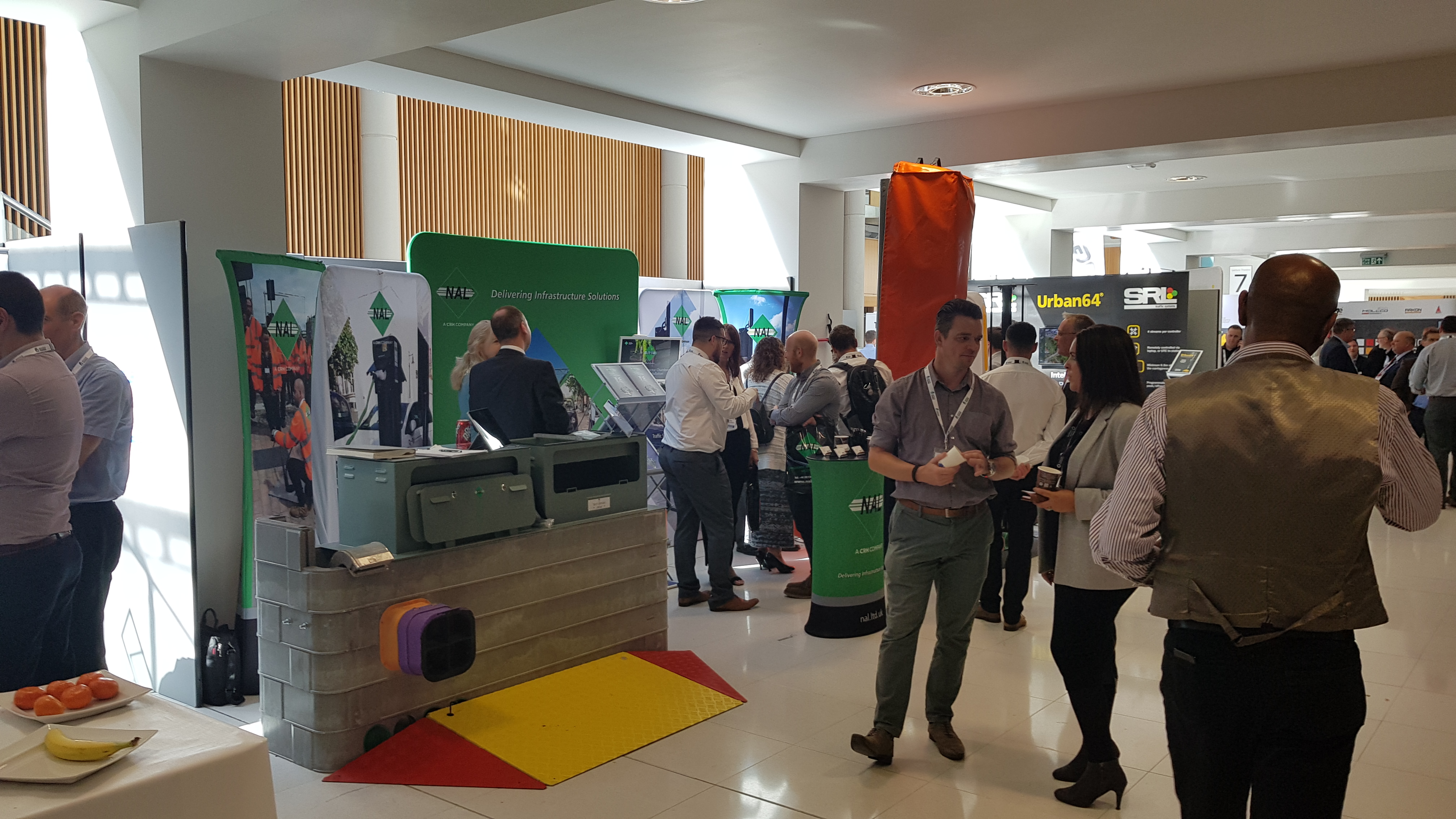
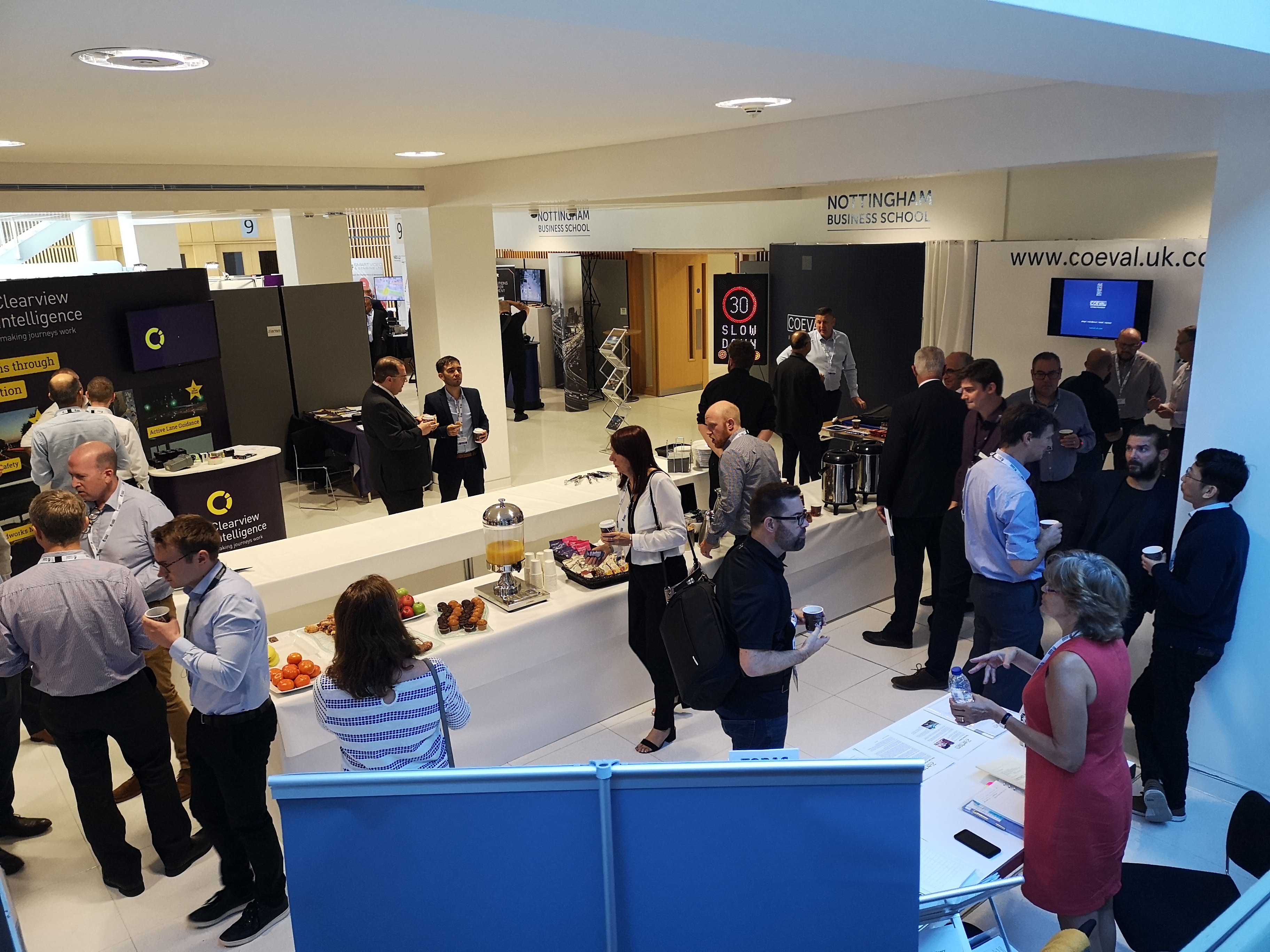
Media Partner:

Due to Government restrictions on mass gatherings as a result of COVID-19 the Symposium was unable to run in its usual physical format in Nottingham in 2020.
Instead the JCT Traffic Signals Symposium 2020 was delivered as a Free to Attend Webinar.
The Webinar took place over two days and consisted of both live and pre-recorded presentations from a host of Traffic Signal experts.
A list of presentations and papers can be seen below, and a selection of papers can be downloaded.
JCT also facilitated the MOVA User Group as a Free to Attend Webinar.
It would not have been possible to bring these events to our audience for free without the generous support of our event partners.
A select group of Partners consisting of Highways News, The IHE, ITS(UK), Keep a Distance.co.uk, Siemens Mobility, and TWM also supported the production of presentation recordings allowing the Symposium to be viewed by a wider audience.
A selection of papers can be downloaded below and there are links to the recorded presentations.
We sincerely hope that you enjoy the material and hope to see you in Nottingham on the 15th and 16th September 2021 for our 25th Anniversary Symposium and Exhibition.
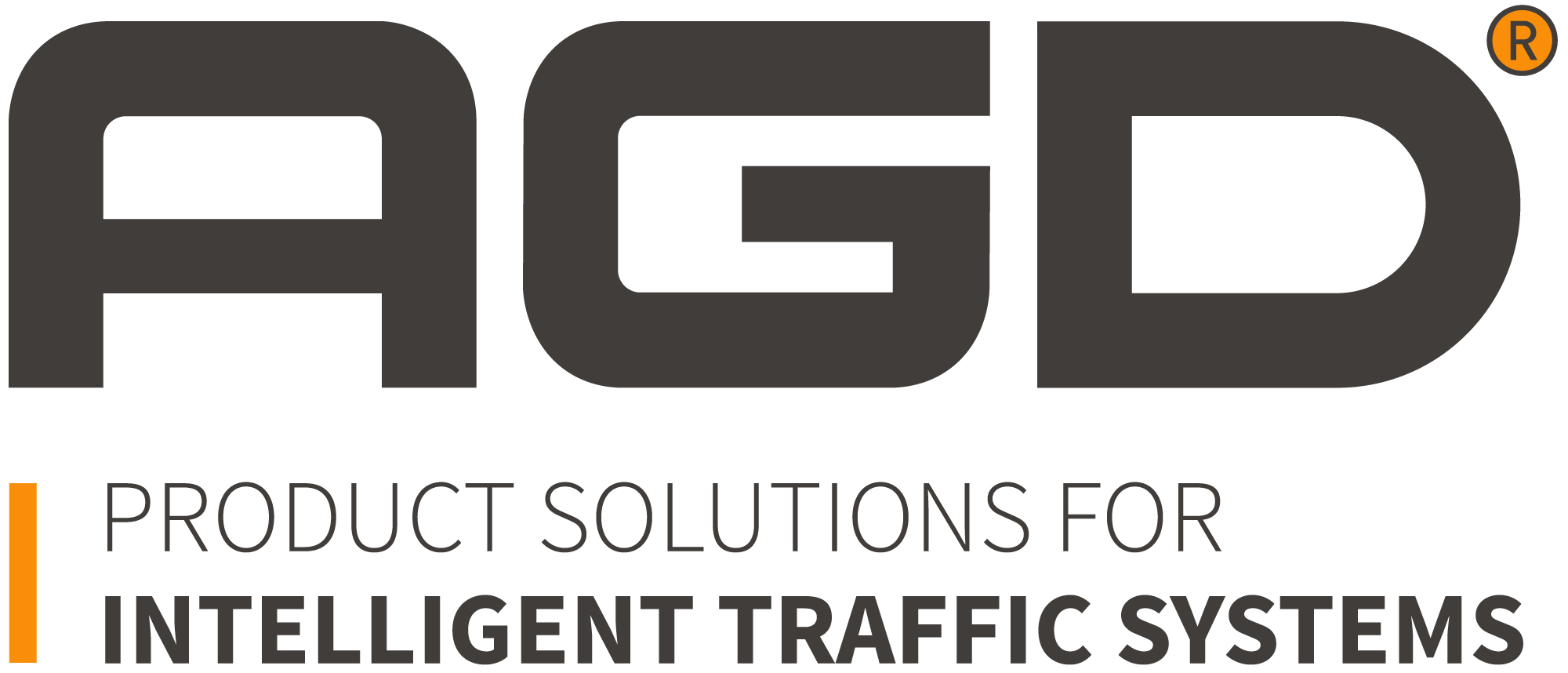


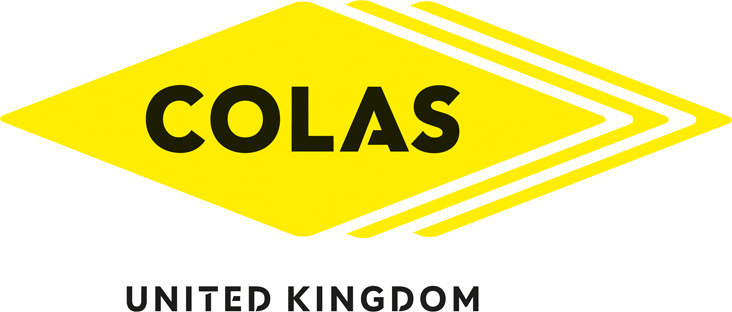
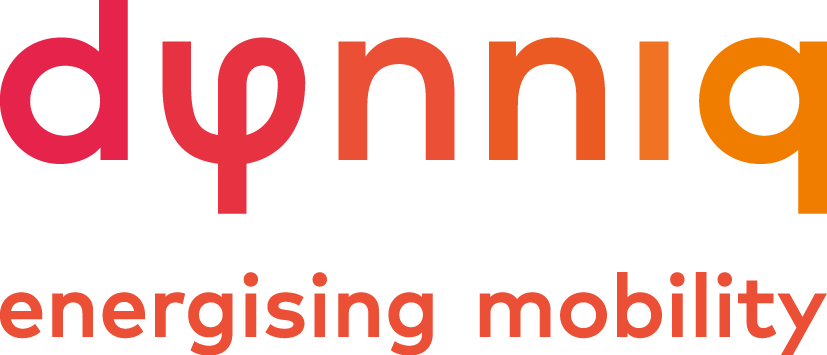
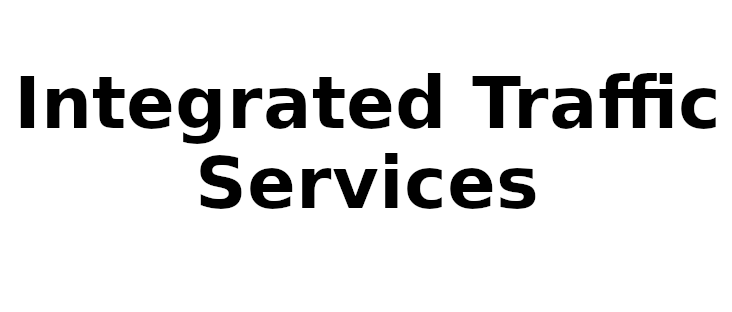

.png)


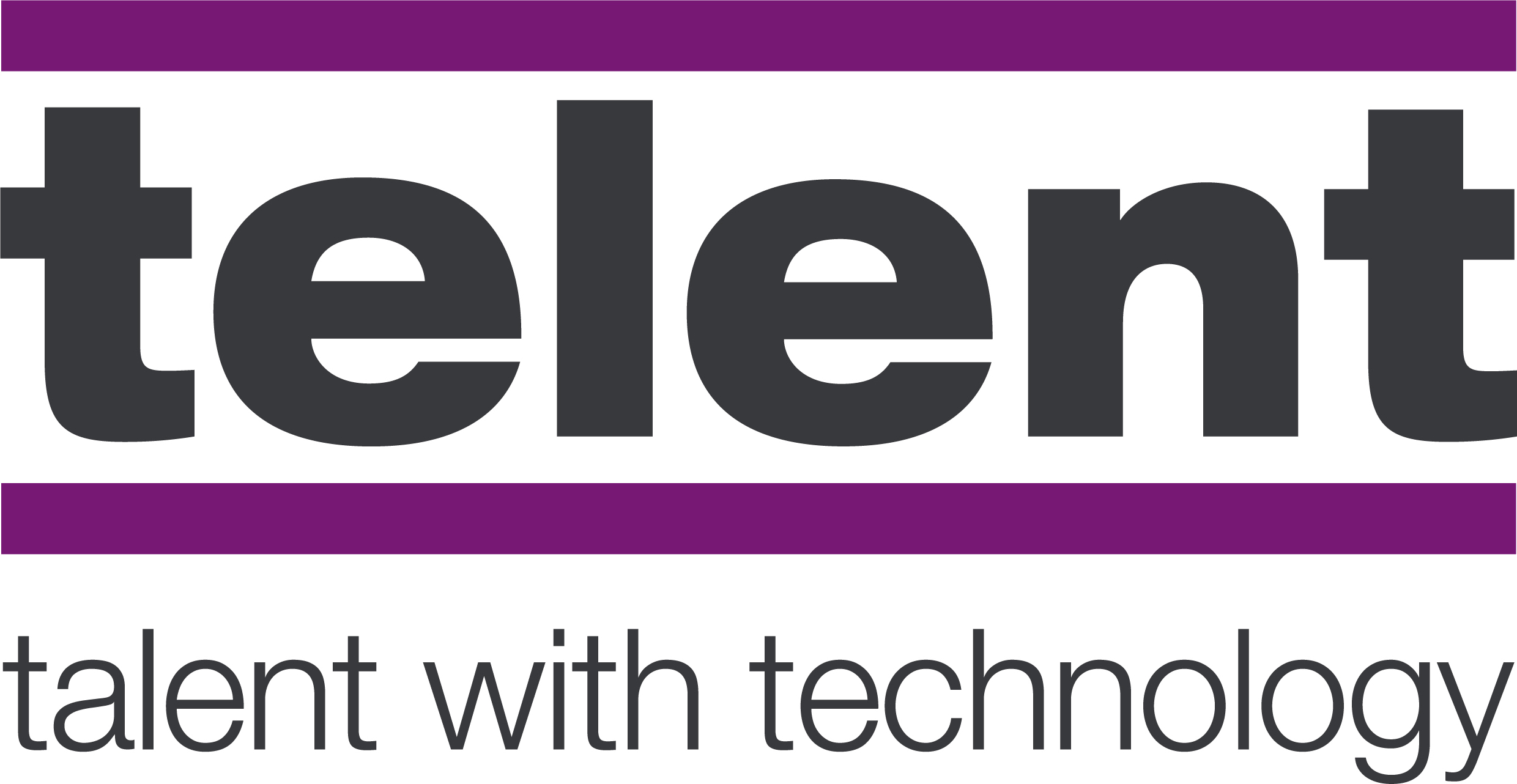
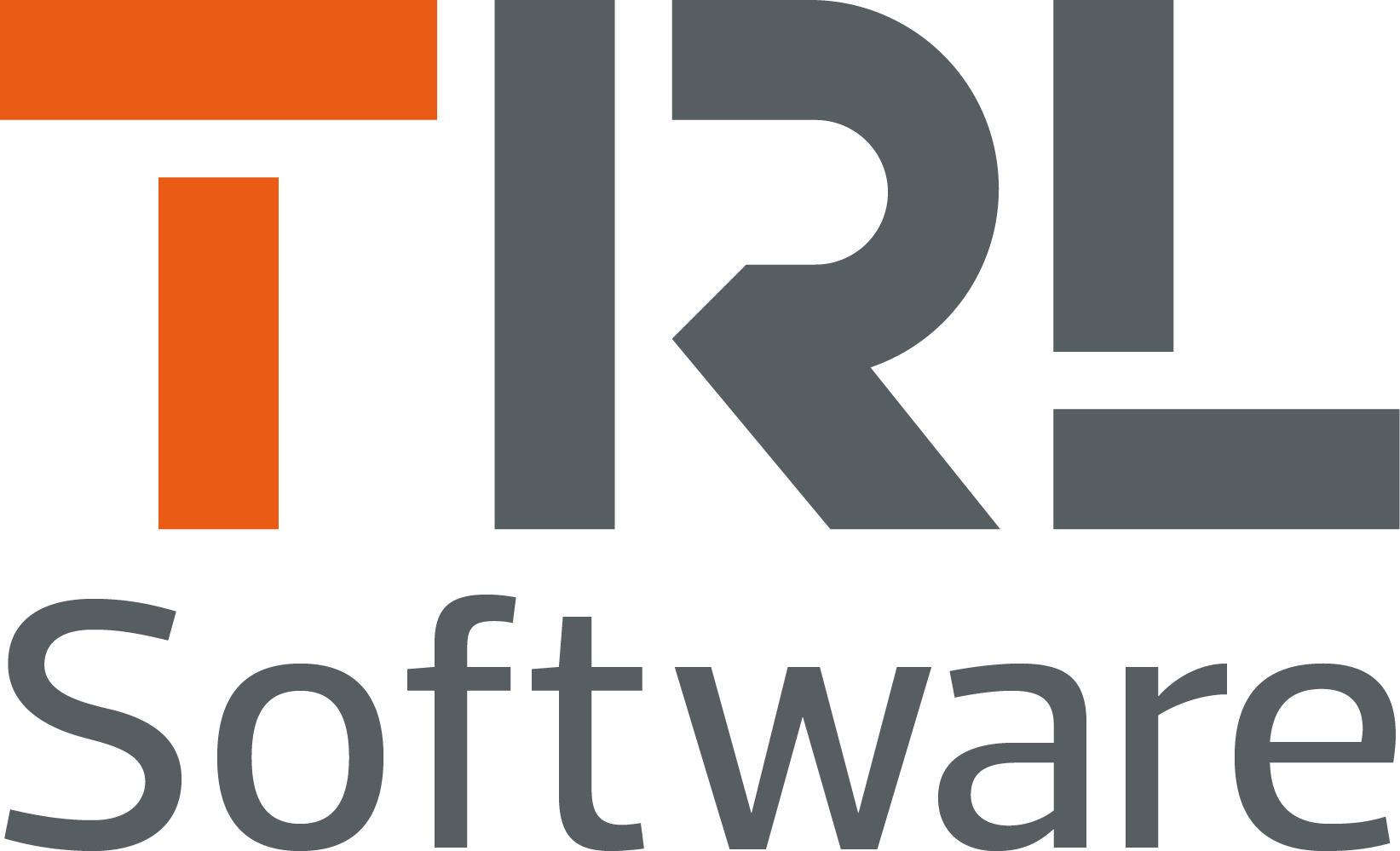

Highway News are the JCT Traffic Signals Symposium Official Media Partner. Highways News will continue to provide important insights into the Symposium content and ways to access future events both live and on demand. We would therefore like to share your contact details with Highways News so that they can update you on developments directly. If you are happy for us do this can you please either sign up for Highways News (by following the link below) or opt-in to these targeted emails from Highways News by sending JCT an email at symposium@jctconsultancy.co.uk requesting to receive symposium updates from ourselves and Highways News.
Highways News is a new website covering highways and transport technology news for the UK. Run by longstanding industry journalists Paul Hutton and Adrian Tatum, Highways News finds all the stories you need to know about in the industry, to save you the bother of finding them yourself. Every lunchtime Highways News sends an overview of the industry stories that matter.
Symposium Papers
|
Transforming Cities Fund Nottingham – Derby. Providing Centralised Traffic Signal Bus Priority
The Transforming Cities Fund (TCF) aims to improve productivity and spread prosperity through investment in public and sustainable transport in some of the largest English city regions and was first announced in November 2017. Watch Presentation |
Bus Priority in London – Getting more out of what we have Buses transport more people than any other public transport mode in London. Buses form key links to town centres and other destinations across the city and are one of the most efficient uses of road space, playing an important role in delivering the Heathy Streets Approach outlined in the Mayor’s Transport Strategy. There are approximately 1900 sets of signals in London with bus priority installed, giving journey time benefits to London’s 9300 buses and >2billion annual passengers. In this presentation, Michael and David will highlight how recent work has increased levels of Bus Priority on London’s network by utilising equipment in innovative ways and analysing data never previously considered. Download PaperWatch Presentation |
|
Effectiveness of Bus Priority at MOVA Controlled Traffic Signals
The importance of buses within a transport system cannot be overstated due to the clear benefits that they provide. A bus
makes very efficient use of road space, and of time at signal controlled junctions, transporting more passengers than a private
car can for the equivalent road space and potentially provides a socially inclusive mode of transport, delivering a sustainable
service to all parts of society. With constraints on both budgets and available space, the ability to provide physical priority
infrastructure such as dedicated bus lanes have diminished. Traffic signal priority measures have been successfully developed
to reduce delays and improve bus journey times. However, much of the research undertaken has studied the impacts on
networks of linked signals, with less emphasis on isolated junction. Historically, in MOVA, it has been possible to give
conditional priority to buses, which has been successful when carefully considered in relation to traffic conditions, but this has
been provided by rigid links, removing the optimisation process. Watch Presentation |
Using Selective Vehicle Detection to Reduce the Impact of HGV Traffic on MOVA; does it work?
In 2017 Mark Roxburgh embarked on a project to undertake on street trials of selective vehicle detection to develop an
evidence base for the principle of providing priority for HGVs at traffic signals sites using MOVA. The project was funded from
the Highways England Innovation Designated Fund and Siemens were contracted as a partner to provide and install the
selective detection. The project set out to test the following hypothesis: Watch Presentation |
|
DfT Connected Vehicle Data Strategy Following on from last year’s presentation about the use of connected vehicle data, Darren and Andy will present an update on “the State of the Connected Nation” and the results of the DfT’s Connected Vehicle Data Strategy for connected vehicles, currently being developed with the assistance of JCT. It will explore what this means for practical traffic operation in the short and medium term. Watch Presentation |
“ImFlow, let’s take a look under the bonnet” ImFlow is a software platform containing state of the art control algorithms to calculate the duration that traffic lights need to be green for. Watch Presentation |
|
AI to control traffic signals: Lessons from live deployments in Manchester Smart Junctions is a 3-year, Innovate UK co-funded programme exploring how Artificial Intelligence can be used to improve traffic signal control. This programme will result in a rollout across a region of circa 20 signal-controlled junctions in Greater Manchester, ultimately targeting a new paradigm for signal control. Download PaperWatch Presentation |
Reimagining Traffic Control and Management for Network Sustainability. This paper will look back at the beginnings of fixed-time area control of networks, plan change algorithms and benefits of co- ordination. The early attempts at developing demand responsive control systems at a time when detector technology was insufficiently robust and computers far too slow will be briefly explained. The basics of the fully demand responsive control system SCOOT, Split Cycle Offset Optimisation Technique will be explained and the need for research into the ageing of traffic signal plans being necessary to enable Local Authorities to justify expenditure on the state of art technology in the mid -1980s. However, despite increased sophistication in technology, within a decade increased car ownership, their use and for longer journeys, meant that traffic congestion remained a problem with the unintended consequence of poor air quality which remains a concern. Examples of traffic management measures to manage hotspots, and Air Quality Management Areas will be proposed and evidence that electric vehicles will not deliver the mandatory 67% reduction of carbon dioxide emissions target by 2050 over 2010 levels will be presented. The potential to use data available as by product of UTMC, Urban Traffic Management and Control to identify the level of traffic in a network which potentially will meet environmental objectives will be explored. Finally, ideas of how traffic control and management can help to reimagine and reengineer our networks in the future will be shared. Download PaperWatch Presentation |
|
How crowd sourced journey time monitoring can provide instant impact on SCOOT timings around events for the benefit of road users A detailed guide on how real-time crowded sourced journey time systems work, and how this can be effectively used by traffic management teams alongside of, or in place of, traditional journey time systems. The paper/presentation will provide examples of how Bristol City Council have used the system to enhance their understanding of live traffic situations around large event venues and then used the data to adjust SCOOT timings for effective traffic flow to and from the venue. Watch Presentation |
Traffic Signals Under SCOOT Control: Effective Design Principles
Traditionally, SCOOT has been considered to be suited to congested urban networks and MOVA has been considered to be
suited to stand alone junctions. With the introduction of linked MOVA, the lines have blurred significantly between SCOOT and
MOVA. This has led to a long running debate as to which is ‘best’.
Watch Presentation |
|
TRL Software UTC Powered by SCOOT 7
TRL Software have been developing a UTC system that includes SCOOT, known as the TRL Software UTC Powered by
SCOOT 7. The wealth of data that is produced by SCOOT and the UTC, hitherto, has not always been easily available. TRL’s
SCOOT UTC produces data which can accessed in real time (as SCOOT runs) or stored and made available for later analysis. Watch Presentation |
Innovation in Cycle Highway Design and Integration
The Welsh Government was challenged in the High Court by ClientEarth about excess Nitrogen Dioxide levels in Wales. Public
Health Wales have stated that poor air quality in Cardiff City is the second greatest health concern after smoking and is the
most significant environmental determinant of health. The Welsh Government subsequently made a legal agreement with
ClientEarth to take action to bring the levels of Nitrogen Dioxide down to the permitted levels in the shortest time possible. Watch Presentation |
|
London Streetspace plan Awaiting Synopsis |
Improving Wolverhampton’s air quality through integrated data
Pollution, be it noise, light, or air, is a recognised challenge to health and wellbeing in the urban and rural landscape. The problems have been most acutely experienced in urban areas where the migration of large numbers of the population to cities created crowded living conditions. As more data has become available, it appears the problem also affects anyone living and working near significant transport infrastructure. Watch Presentation |
|
ITS asset management within IMTRAC and developing business cases: the art of getting more money In the current economic climate maintaining budgets for traffic signal maintenance and refurbishment is a challenge and achieving increases in budgets is almost impossible. IMTRAC provides facilities to estimate the deterioration in asset condition over time and the how different budget strategies can impact on this rate on this deterioration, including holding or improvement asset condition. This paper describes how these IMTRAC facilities were used to support the case for a 150% budget increase for traffic signals in Hertfordshire. Download PaperWatch Presentation |
SVS, trialling the Smartmicro UMRR-11 Type 44 multi lane radar As part of the Area 4 validation and optimisation project paper presented at last year’s Symposium, the A27 Ashcombe Roundabout was looked at as a case study. Due to failing detectors at the site Aone+ and 4way Consulting are working with SVS, trialling the Smartmicro UMRR-11 Type 44 multi lane radar as a multi lane MOVA detector. The paper will present the results of the trial to date focussing on the design solution, installation, MOVA performance, and any lessons learned to be taken forward. Watch Presentation |
|
They are ‘Talking Traffic’ in Europe… Are we? When it comes to the next generation of Traffic monitoring and control, Talking Traffic is an open standard in parts of Europe, but where are we in the UK? Watch Presentation |
Real Time Optimiser - the latest from the streets of London. TfL will discuss their vision for system evolution and the requirements for RTO and future adaptive control, and Siemens Mobility will provide an update as to the development status, approach, and expectations of the new adaptive control solution that forms a key deliverable of the RTO development. Download PaperWatch Presentation |
Further Information
If you would like any further information regarding the Symposium please don't hesitate to contact us at symposium@jctconsultancy.co.uk.
 |
|
 |
|
 |
|

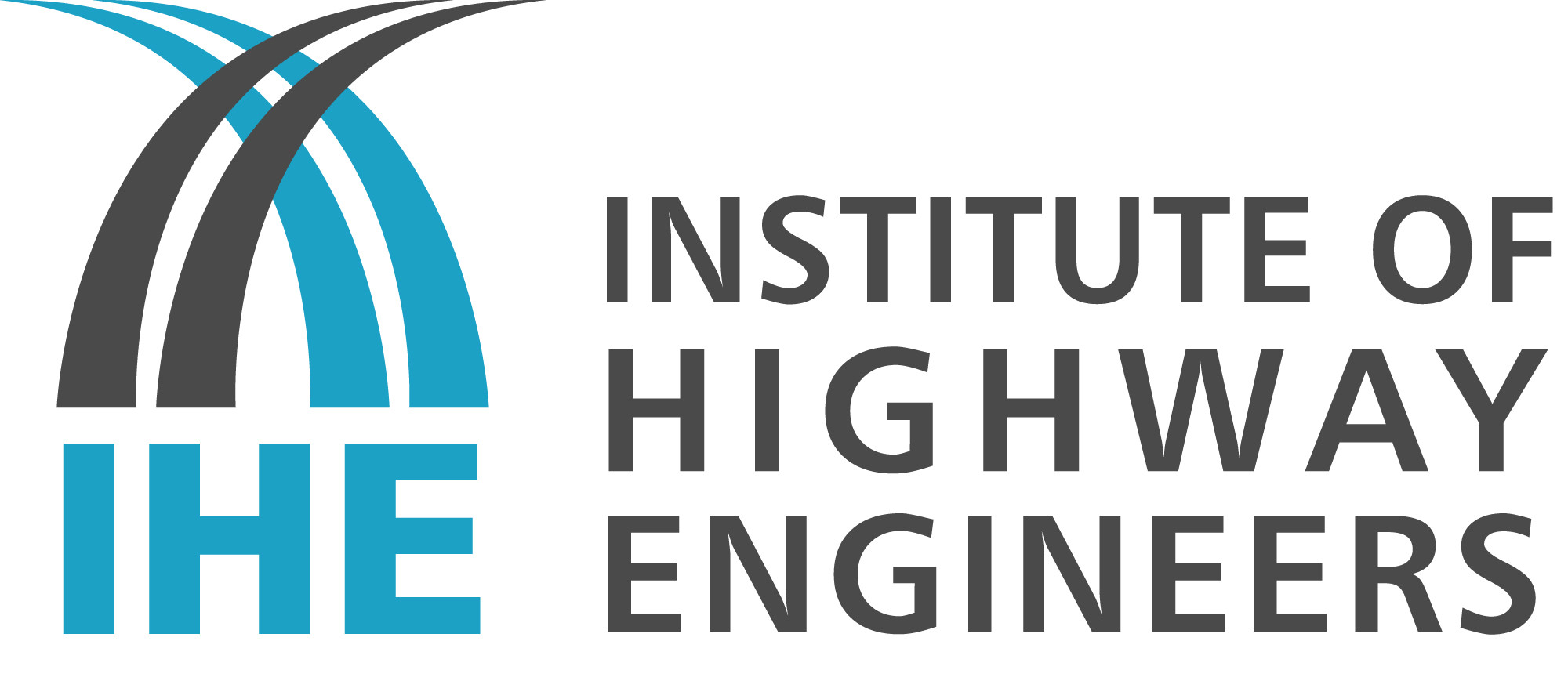


.jpg)
